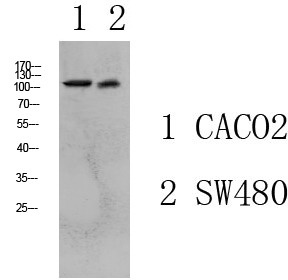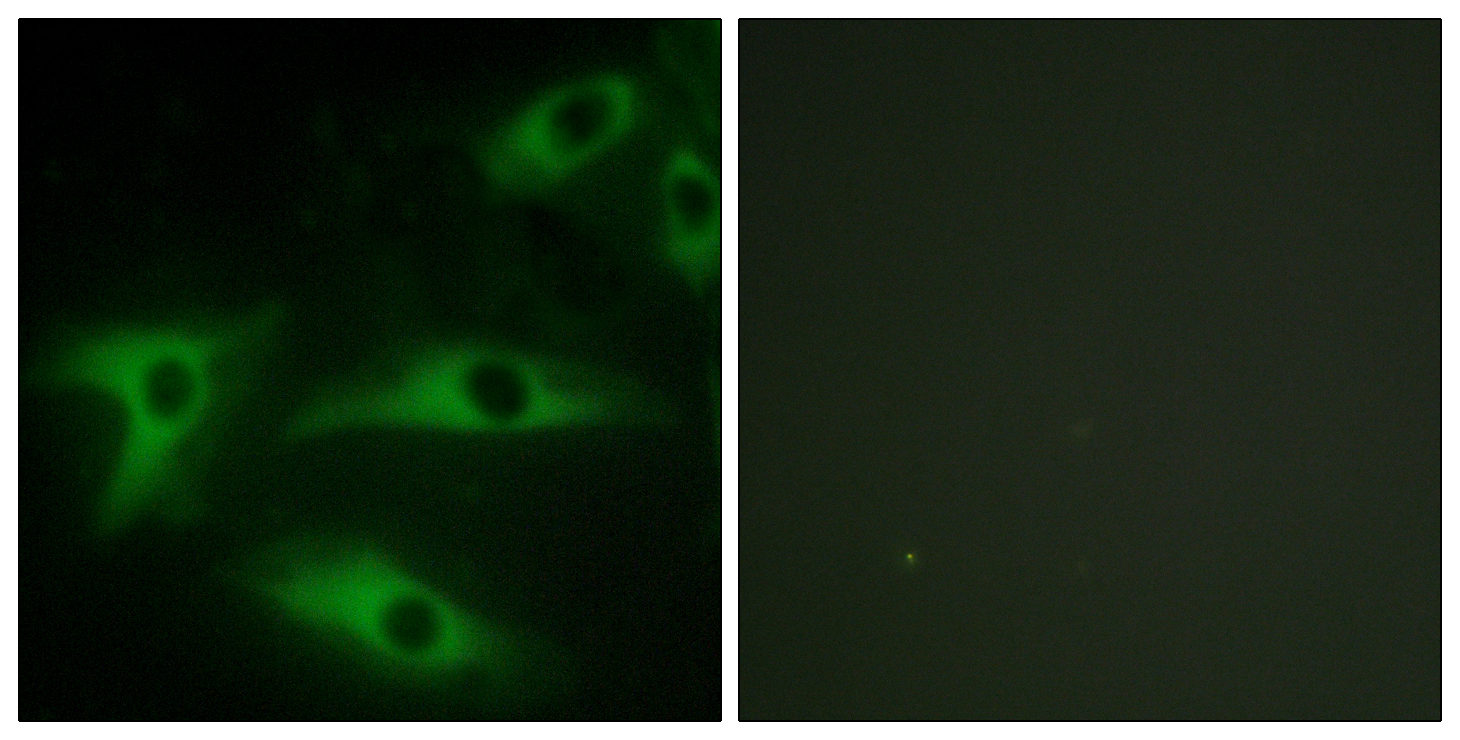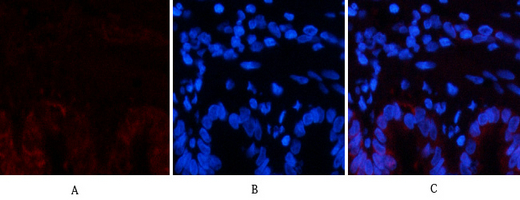
Catalog: KA3226C
Size
Price
Status
Qty.
96well
$330.00
In stock
0
Add to cart


Collected


Collect
Main Information
Reactivity
Human, Mouse, Rat
Applications
ELISA
Conjugate/Modification
Unmodified
Detailed Information
Storage
2-8°C/6 months,Ship by ice bag
Modification
Unmodified
Detection Method
Colorimetric
Related Products
Antigen&Target Information
Gene Name:
COL1A2
show all
Other Name:
Collagen alpha-2 ;
I ;
chain ;
Alpha-2 type I collagen ;
I ;
chain ;
Alpha-2 type I collagen ;
show all
Background:
disease:A chromosomal rearrangement involving COL1A2 may be a cause of lipoblastomas, which are benign tumors resulting from transformation of adipocytes, usually diagnosed in children. Translocation t(7;8)(p22;q13) with PLAG1.,disease:Defects in COL1A2 are a cause of osteogenesis imperfecta type I (OI-I) [MIM:166200]. OI-I is a dominantly inherited serious newborn disease characterized by bone fragility, normal stature, little or no deformity, blue sclerae and hearing loss in 50% of families. Dentinogenesis imperfecta is rare and may distinguish a subset of OI type I (formation of dentine).,disease:Defects in COL1A2 are a cause of osteogenesis imperfecta type II (OI-II) [MIM:166210]; also known as osteogenesis imperfecta congenita (OIC) or lethal perinatal. OI-II is a serious newborn disease that diffusely affects bone. Infants are born with multiple fractures, which lead to shortening of the extremities. The skull is soft, and resembles a "bag of bones" when palpated, the sclera are abnormally thin and may appear blue, and some infants also have a hearing loss. Infants born alive often die suddenly during the first few days or weeks of life, but a few survive as deformed dwarfs. Mental development is normal unless head trauma with CNS injury occurs. There is no effective treatment.,disease:Defects in COL1A2 are a cause of osteogenesis imperfecta type III (OI-III) [MIM:259420]. OI-III usually presents with moderate deformity at birth, progressively deforming bones, and sclerae variable in color. Dentinogenesis imperfecta and hearing loss are common. Stature is very short.,disease:Defects in COL1A2 are a cause of osteogenesis imperfecta type IV (OI-IV) [MIM:166220]; also known as osteogenesis imperfecta with normal sclerae. OI-IV presents with moderate to mild deformity and variable short stature. Dentinogenesis imperfecta is common and hearing loss occurs in some.,disease:Defects in COL1A2 are the cause of cardiac valvular form of autosomal recessive Ehlers-Danlos syndrome (cardiac valvular EDS) [MIM:225320]; also known as arthrochalasis type Ehlers-Danlos syndrome. In addition to joint laxity, skin hyperextensibility and friability, and abnormal scar formation, individuals with this form of EDS appear to be at increased risk for cardiac valvular dysfunction.,disease:Defects in COL1A2 are the cause of Ehlers-Danlos syndrome type 7B (EDS7B) [MIM:130060]. EDS is a connective tissue disorder characterized by hyperextensible skin, atrophic cutaneous scars due to tissue fragility and joint hyperlaxity. EDS7B is marked by bilateral congenital hip dislocation, hyperlaxity of the joints, and recurrent partial dislocations.,function:Type I collagen is a member of group I collagen (fibrillar forming collagen).,online information:Collagen type I alpha-2 chain mutations,PTM:Prolines at the third position of the tripeptide repeating unit (G-X-Y) are hydroxylated in some or all of the chains.,similarity:Belongs to the fibrillar collagen family.,subunit:Trimers of one alpha 2(I) and two alpha 1(I) chains.,tissue specificity:Forms the fibrils of tendon, ligaments and bones. In bones the fibrils are mineralized with calcium hydroxyapatite.,
show all
Function:
skeletal system development, blood vessel development, vasculature development, circulatory system process, cell surface receptor linked signal transduction, enzyme linked receptor protein signaling pathway, transmembrane receptor protein serine/threonine kinase signaling pathway, transforming growth factor beta receptor signaling pathway, intracellular signaling cascade, small GTPase mediated signal transduction, Ras protein signal transduction,Rho protein signal transduction, ectoderm development, blood circulation, regulation of blood pressure, epidermis development, extracellular matrix organization, collagen fibril organization, odontogenesis, extracellular structure organization, skin development, skin morphogenesis, tissue morphogenesis, epidermis morphogenesis,
show all
Cellular Localization:
Secreted, extracellular space, extracellular matrix .
show all
Signaling Pathway
Cellular Processes >> Cellular community - eukaryotes >> Focal adhesion
Organismal Systems >> Immune system >> Platelet activation
Organismal Systems >> Endocrine system >> Relaxin signaling pathway
Environmental Information Processing >> Signal transduction >> PI3K-Akt signaling pathway
Environmental Information Processing >> Signaling molecules and interaction >> ECM-receptor interaction
Reference Citation({{totalcount}})
Catalog: KA3226C
Size
Price
Status
Qty.
96well
$330.00
In stock
0
Add to cart


Collected


Collect
Recently Viewed Products
Clear allPRODUCTS
CUSTOMIZED
ABOUT US
Toggle night Mode
{{pinfoXq.title || ''}}
Catalog: {{pinfoXq.catalog || ''}}
Filter:
All
{{item.name}}
{{pinfo.title}}
-{{pinfo.catalog}}
Main Information
Target
{{pinfo.target}}
Reactivity
{{pinfo.react}}
Applications
{{pinfo.applicat}}
Conjugate/Modification
{{pinfo.coupling}}/{{pinfo.modific}}
MW (kDa)
{{pinfo.mwcalc}}
Host Species
{{pinfo.hostspec}}
Isotype
{{pinfo.isotype}}
Product {{index}}/{{pcount}}
Prev
Next
{{pvTitle}}
Scroll wheel zooms the picture
{{pvDescr}}











.jpg)








